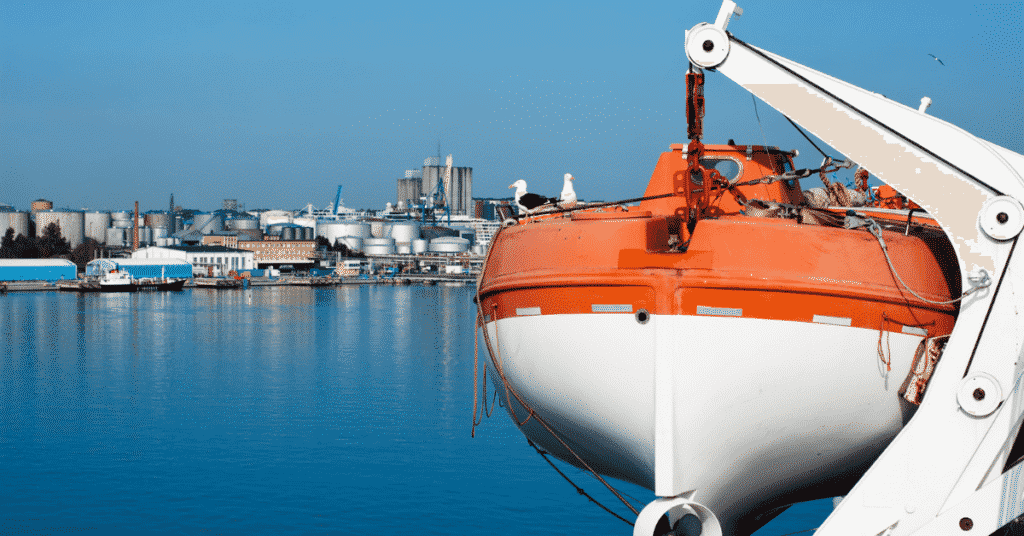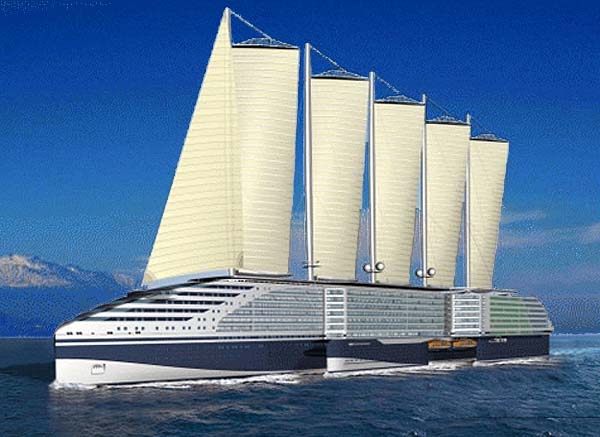Video: What Are Marine Buoys and Markers ?
We have many road signs to guide us when we drive a car or a bike. But what about ships? How do they identify if their path is safe to travel or not?
Ships, like the cars and bikes on the road, rely on sea markings for safe navigation.
Sea marks are physical indicators used as navigational aids and references for various purposes.
They serve as guides by marking hazardous areas, indicating high maritime traffic zones, and identifying safe and navigable areas.
Sea marks can be categorised as fixed or floating structures.
Fixed structures are attached to the seabed or the landmass near the water. Lighthouses are a classic example of fixed sea marks. They convey the presence of a coast to seafarers and help track incoming maritime traffic. They can range from small structures marking specific points to larger ones equipped with lighting, radio signals, or sonic signals for defence or safeguarding coastal facilities.
Floating structures are usually buoys that remain tethered or anchored in specific locations. They guide vessels near coasts or ports, demarcate unnavigable zones, or act as separators in busy maritime traffic areas.
Sea marks can have different features, such as lighting, acoustic signals, specialised features like radio signals, or no significant features.
Lighting features, including beacons, floodlights, fog lamps, and flashers, are commonly used for visual detection. Some sea marks are equipped with audio signals, such as foghorns, to be detected based on sound.
Modern sea marks may incorporate advanced technologies like radio transmission and satellite communication. Others, known as daymarks, are visually detectable during the daytime but lack illumination for nighttime visibility.
The International Association of Lighthouse Authorities (IALA) governs the regulations and guidelines for sea marks’ design, usage, and operation. These regulations are applied regionally, with Region A covering most of the world and Region B including North and South America, Japan, Korea, and the Philippines.
Among the various types of sea marks, safe water marks play a crucial role in indicating navigable waters. They mark fairways, mid-channels, end of channels, and landfall.
Fairways denote entrance or approach paths, mid channels represent unhindered waterway thoroughfares, end of channels mark the termination of navigable routes, and landfall marks indicate the presence of nearby landmasses.
Safe water marks are typically colour-coded in red and white. They can be spherical for buoys or spar/tapering pillar-like for floating and fixed structures. These marks are distinguished by a red ball-like sphere at the top. During the night, safe water marks emit long flashes at intervals of 10 seconds.
In underpass waterways beneath bridges, safe watermarks indicate the safe passage of vessels with specific maximum height requirements.
Sea markings are indispensable for the safety of ships and navigators. They provide vital information, guide vessels, and help prevent accidents in the maritime environment. By understanding and adhering to these markings, seafarers can confidently navigate waters and avoid potential risks.
Disclaimer: The authors’ views expressed in this article do not necessarily reflect the views of Marine Insight. Data and charts, if used, in the article have been sourced from available information and have not been authenticated by any statutory authority. The author and Marine Insight do not claim it to be accurate nor accept any responsibility for the same. The views constitute only the opinions and do not constitute any guidelines or recommendations on any course of action to be followed by the reader.
The article or images cannot be reproduced, copied, shared, or used in any form without the permission of the author and Marine Insight.
Do you have info to share with us ? Suggest a correction

About Author
Zahra is an alumna of Miranda House, University of Delhi. She is an avid writer, possessing immaculate research and editing skills. Author of several academic papers, she has also worked as a freelance writer, producing many technical, creative and marketing pieces. A true aesthete at heart, she loves books a little more than anything else.
Related Articles
Daily Maritime News, Straight To Your Inbox
Sign Up To Get Daily Newsletters
Join over 60k+ people who read our daily newsletters
By subscribing, you agree to our Privacy Policy and may receive occasional deal communications; you can unsubscribe anytime.




BE THE FIRST TO COMMENT